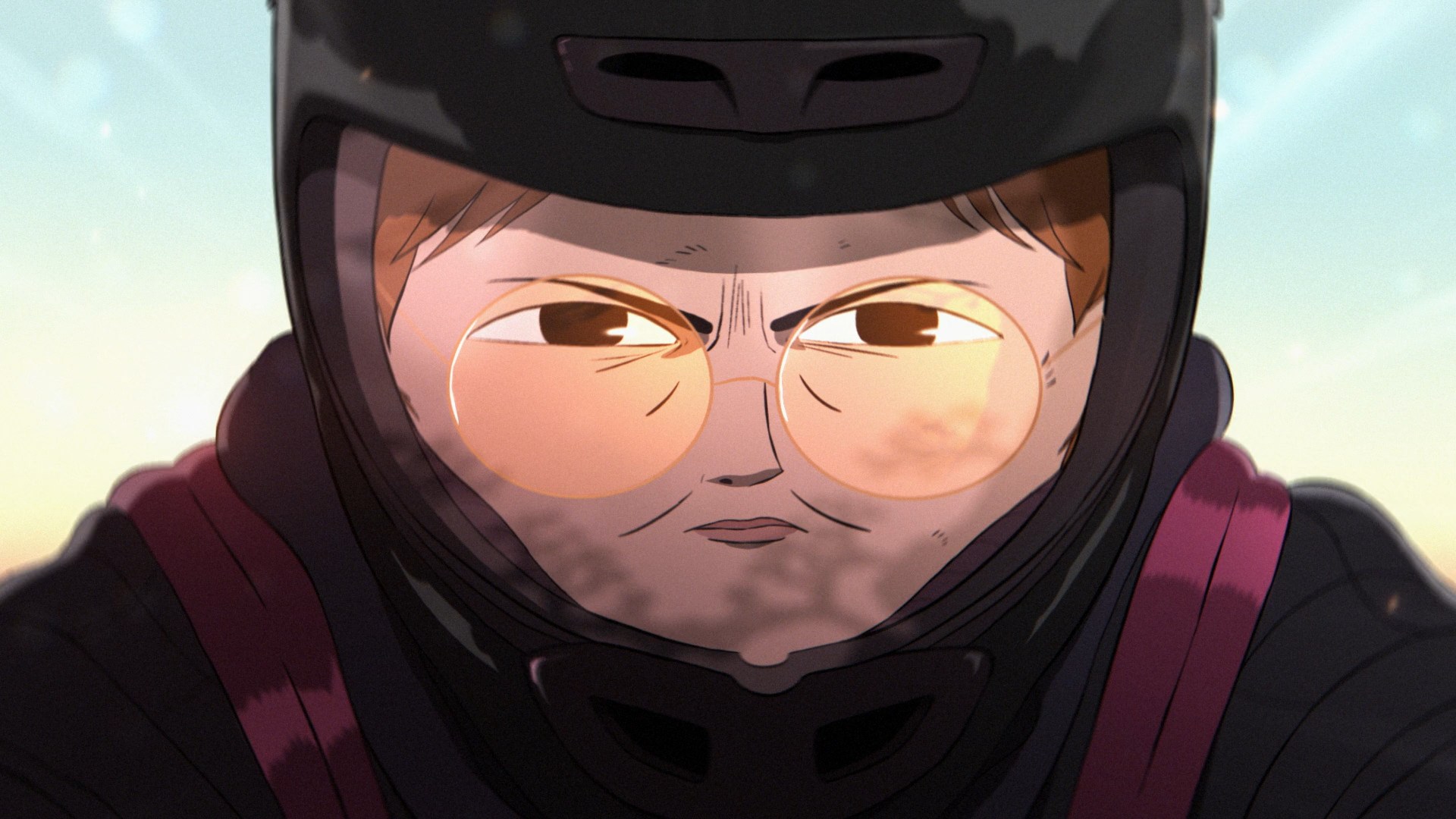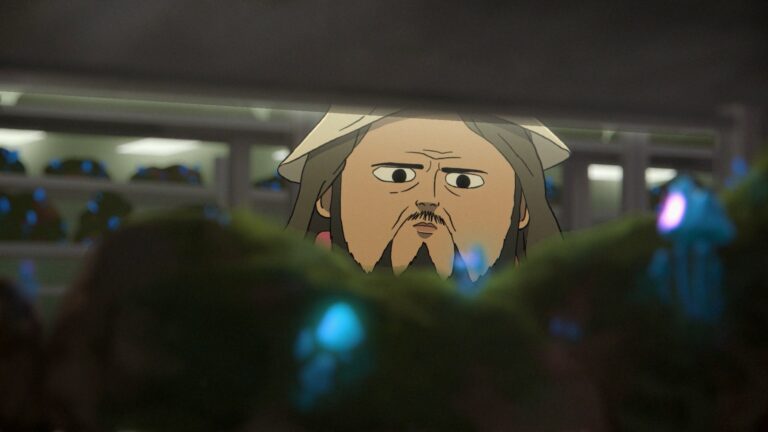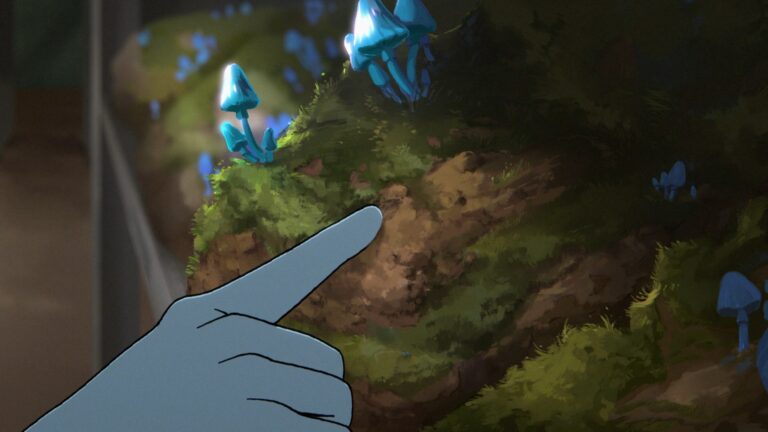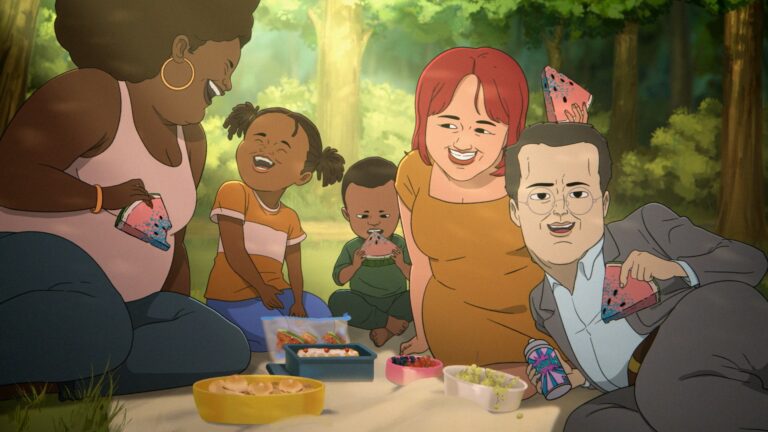There’s a whiff of magic and madness behind every “Common Side Effects” episode. The fever-dream plots, the sudden swings from gut-busting to deadly serious — it’s chaos, right? And yet, somehow, the mayhem never feels messy. It always clicks into place, every episode humming along in a way only CSE can pull off. So, how do these directors manage to wrangle all that wild energy, without letting the show slip into incoherence? Hang tight — I dug deep, from official interviews to crew insights and fan chatter. Let’s journey behind the screens.
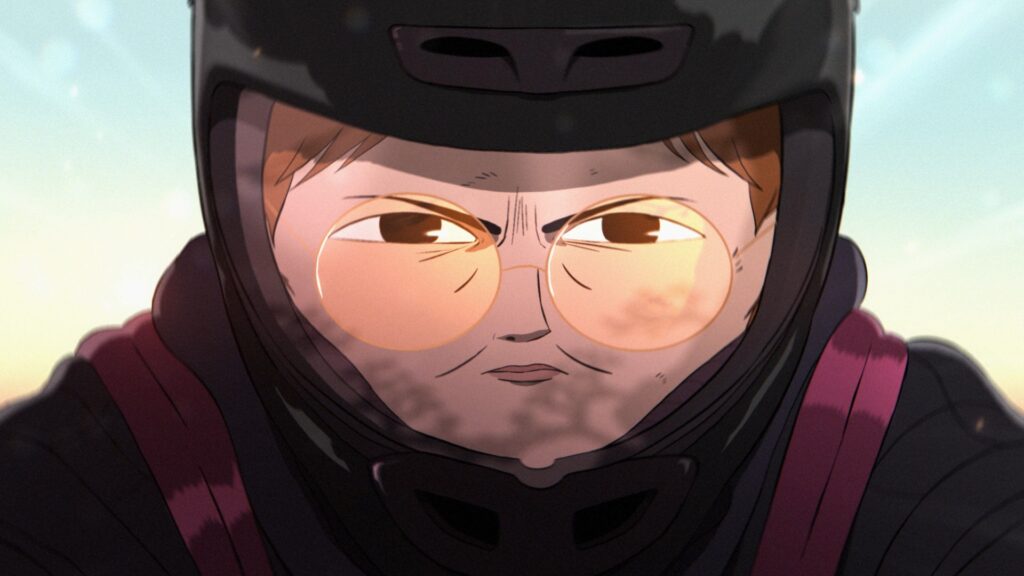
Vision with a Vibe: The Creators at the Wheel
Before we get tangled up in tracking shots or color grading, let’s start at the source. Joseph Bennett and Steve Hely, the creators, set the tone for everything. Bennett comes from a world of indie animation, so he isn’t afraid to make things look grounded, gritty, even a little ugly when a story needs it. His eye for visual storytelling means no shot lands by accident. Hely, meanwhile, brings his storytelling muscle — think clever dialogue, zippy plotting, and just enough emotional depth to stop the show feeling like a joke parade.
They don’t just drop a script in the director’s lap and run. Both stay in the writer’s room, on set, and even in the editing booth, noodling with each episode until it fits the larger “CSE” tapestry. According to recent feature interviews, their fingerprints are everywhere, from pilot ideas to musical needle-drops. This duo doesn’t just dream up crazy stories; they shepherd every detail so every episode exists in the same wild world, never careening off into a weird, parallel dimension. (Television Academy Interview)
Directors: Not Just Passengers, But Co-Drivers
Despite Bennett and Hely’s steady hands, CSE would fall apart without its episode directors. These folks aren’t just handed a to-do list. They help shape the show’s road map from day one.
Take Vincent Tsui. Initially, he hopped aboard as storyboard wizard, mapping out exactly how those bonkers scripts could leap to life visually. His work stood out — so much that he leveled up to director for pivotal episodes, most famously “Hildy.” If you remember that one (how could you not?), it’s packed with snap-zooms, jarring camera shakes, and jumpy montage cuts. Vincent didn’t add chaos for chaos’ sake. He wanted viewers to feel Hildy’s manic, foggy brain in real time, so he built the visuals to match. It’s this deeply thoughtful approach that keeps the mayhem meaningful. (CSE Official Blog: Vincent Tsui Interview)
But Vincent’s just one of many talented hands steering the show’s wild ride. Every director, whether they’re veterans or CSE rookies, comes in with the same playbook:
- Script meetings with the creators, plus the writing staff — everyone chimes in on tone.
- “Show bible” reviews, covering rules about lighting, color, music cues, and city geography.
- Group watch sessions of completed episodes, so the new director can match the series’ rhythm.
No one’s winging it. Instead, the whole squad aims their efforts at a single creative bullseye.
Nailing the Tone: Where Comedy and Tragedy Do the Tango
One thing that always gets fans buzzing online? That signature CSE swing between comedy, absurdity, and dead-serious drama. Some scenes land like a pie in the face. Others — like that gut-grabber in episode three, you know the one — can leave you needing a hug.
Kerry Ehrin, one of the showrunners, spills the secret sauce: ground everything in real emotion. When the script leans into the bizarre, the actors and directors pull it back to earth, even during the highest-octane gags. This way, the wild stuff never feels weightless. According to official interviews, the writing and directing work in concert. The jokes work because the drama breathes. The drama hits because the comedy disarms you. Simple — on paper, anyway. In practice? It takes endless treks from writers’ room to storyboarding to final scene tweaks. (Script Magazine Interview with Kerry Ehrin)
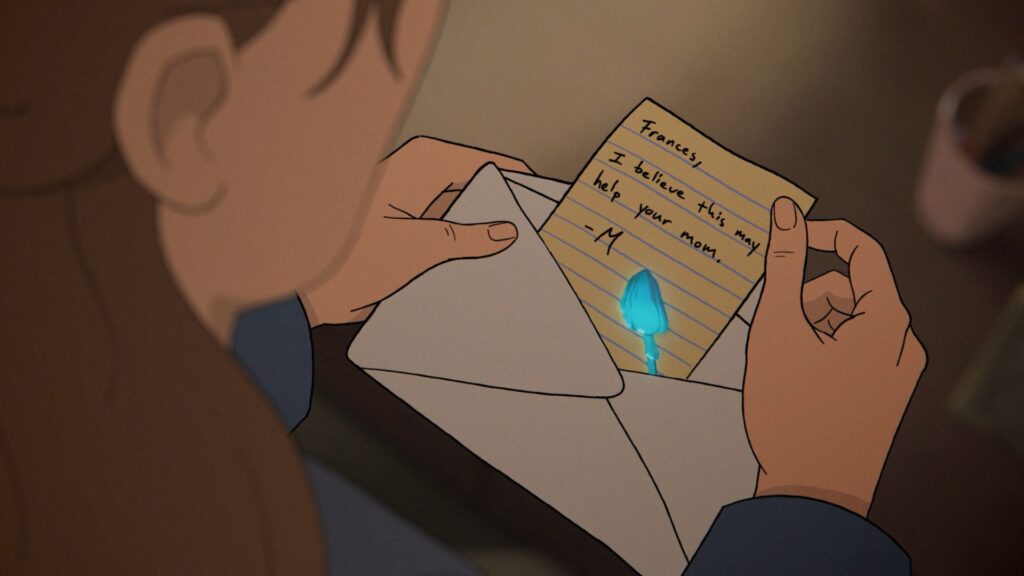
Collaboration Over Competition
Another CSE “superpower” isn’t what you see, but how they build each episode. Departments don’t wall themselves off. Instead:
- Directors might drop into sound design sessions.
- Composers sometimes tweak a scene’s pacing after chatting with editors.
- Writers swap notes with post-production about which lines to keep or trim, long after filming’s wrapped.
In other words — nobody works in a silo. The set apparently buzzes with last-minute ideas and “what-if” questions. One big result? Any wild idea goes through several filters, smoothing out the rough edges and keeping everything inside the “Common Side Effects” universe.
Keeping It Visually Tight: Style and Substance
Here’s the tricky part — CSE lets each director have their own flavor, but style never strays far from the show’s core look. That’s thanks to an ironclad “show bible.” Every department references it before making major moves. For example:
- Lighting stays on the grittier side; neon colors come in only for a punch.
- Camera work often feels handheld and urgent, but never too jittery to follow.
- Color grading stays unified, with muted blues and greens dominating most scenes.
This bible gets updated every season, based on what works best in post-production and what fans have latched onto. Producers pull up stills and clip reels from previous seasons during pre-production meetings. Directors then storyboard their episodes with all that visual history fresh in mind. The result? Every CSE episode feels like a sibling, not a distant cousin.
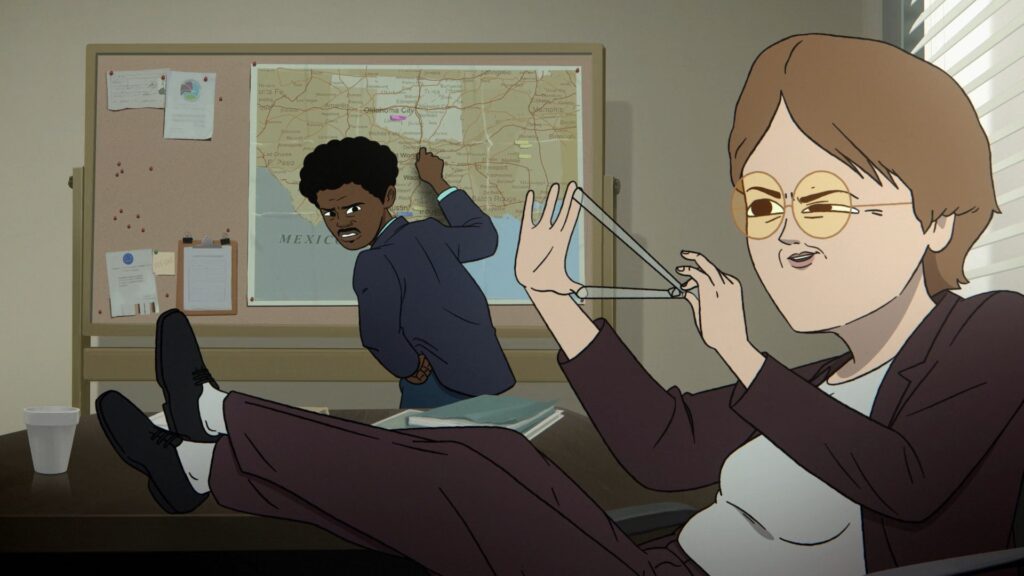
Pushing the Envelope: Modern TV, Modern Tricks
If you think CSE just lifts tricks from old TV shows, think again. Directors love to play with what’s possible now:
- Subjective camera angles drop you right in the middle of a panic attack or a comedy meltdown, whatever the script demands.
- Time-jump editing lets a sequence unravel in the protagonist’s mind, not a straight timeline.
- Visual gags get layered in, so eagle-eyed viewers catch new jokes on every re-watch.
Online, fan forums buzz about the unconventional pacing and daring use of color. As television technology advances, CSE’s directors capitalize — and the show keeps one step ahead of everyone else. (Dev.to Directing Styles Feature)
The Showrunner as Glue
Let’s give it up for the showrunner — the unsung champion behind the scenes. On CSE, the showrunner doesn’t just rubber-stamp ideas. Instead, they’re involved in everything. They meet with directors after every shoot, track script changes, and check edits, all while keeping a bird’s-eye view of the overall story. This is, frankly, what makes a show like CSE possible. When you have wild scripts, rotating directors, shifting genres, and big swings in each episode, you need a steady hand running the machine. The showrunner does all that, smiling through the chaos. (EditShare Making Memorable TV)
Casting Calls That Count
Last but not least — casting. CSE’s actors bring a deep well of range and authenticity. The team handpicks each one not just for talent, but for their ability to ride the show’s constant tonal surf. Dave King and Emily Pendergast sink into their roles so fully that even the weirdest narrative turns come off as believable. Casting directors look for performers who can handle slapstick, heartbreak, and high drama — sometimes all within a single scene. Thanks to the cast’s talents, viewers buy into the stakes, no matter how high or hilarious things get. (Television Academy Feature)
And So, the Method in the Madness…
If you boiled down what makes “Common Side Effects” tick, it’s not just chaos — it’s controlled, intentional, and downright collaborative chaos. Every director who steps onto set gets a crazy sandbox to play in, but they never lose track of what makes “CSE” uniquely itself. Through a blend of visionary leadership, relentless collaboration, show bible discipline, and the courage to innovate, CSE directors ride the storm — and keep us coming back for just one more episode. You can almost taste the chemistry, right? It’s the wildest prescription for mayhem, and somehow, it keeps working, season after season.

